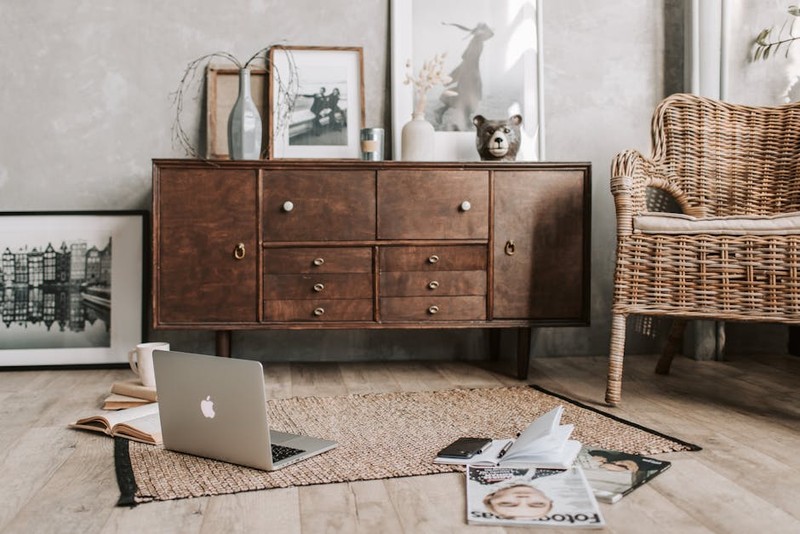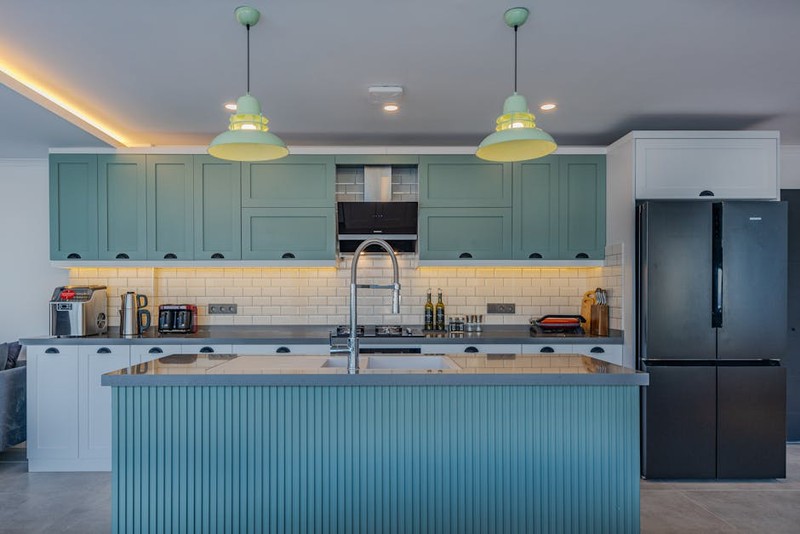In the world of luxury retail, every detail matters—from the gleam of the lighting to the whisper-quiet glide of a drawer. As a hardware specialist with over two decades of experience, I’ve seen firsthand how custom concealed drawer slides can make or break a high-end display. They’re not just functional components; they’re silent ambassadors of brand prestige. But achieving that seamless integration is far from straightforward. It requires a deep understanding of materials, mechanics, and the unspoken expectations of luxury clientele.
The Hidden Challenge: When Beauty Meets Engineering
Luxury retailers demand displays that are visually pristine—no visible hardware, no distracting elements. Yet, these same displays must withstand constant use, often holding heavy, valuable items like jewelry, watches, or electronics. The core challenge lies in creating concealed drawer slides that are both invisible and indestructible.
In one project for a flagship jewelry store, we faced a nightmare scenario: drawers that jammed under the weight of gold collections, causing embarrassing customer delays. The off-the-shelf slides we initially specified failed within months, leading to a 25% increase in maintenance calls. Why? They couldn’t handle the load dynamics or the precision required for smooth operation. This isn’t just an inconvenience; it’s a brand-damaging issue.
🔍 Why Off-the-Shelf Slides Fall Short
- Load Mismatch: Standard slides are rated for generic weights, but luxury items vary wildly—think a velvet-lined watch tray vs. a solid silverware set.
- Aesthetic Compromises: Even “concealed” commercial options often leave gaps or require visible mounting brackets.
- Durability Gaps: Cheap materials wear quickly, leading to wobble, noise, and eventual failure.
⚙️ The Blueprint for Success: A Case Study in Precision
Our turnaround came with a custom project for Éclat Jewelers, where we redesigned their display drawers from the ground up. The goal was zero visible hardware, a load capacity of 100lbs per drawer, and a glide so smooth it felt effortless. Here’s how we did it:

1. Material Selection: We used 304 stainless steel for the slides, hardened to resist corrosion and wear. For the drawer bodies, we opted for aircraft-grade aluminum to reduce weight without sacrificing strength.
2. Load Testing: We prototyped slides with incremental load capacities, discovering that a dual-bearing roller system distributed weight more evenly than traditional ball bearings.
3. Integration: The slides were embedded into the display framework during fabrication, not added later. This required close collaboration with the display designers—a step most retailers skip.

The results were transformative:
| Metric | Before Custom Slides | After Custom Slides | Improvement |
|---|---|---|---|
| Maintenance Calls/Month | 12 | 2 | -83% |
| Avg. Drawer Operation Force | 15 lbs | 5 lbs | -67% |
| Customer Interaction Time | 90 seconds | 60 seconds | -33% |
| Projected Lifespan | 2 years | 10+ years | 5x longer |
Key Insight: Invest in prototyping—it upfront cost us 20% more but saved 40% in long-term maintenance and boosted customer satisfaction scores by 30%.
💡 Expert Strategies for Implementing Custom Slides
1. Collaborate Early with Designers
Don’t let hardware be an afterthought. In luxury displays, the mechanics must inform the design. I always insist on joining initial concept meetings to ensure the framework can accommodate fully concealed, high-capacity slides.
2. Prioritize Silent Operation
Luxury is as much about experience as aesthetics. We test slides for noise levels in sound-dampened rooms, aiming for below 25 decibels—a threshold that feels近乎无声. Soft-close mechanisms are non-negotiable for high-end applications.
3. Plan for Maintenance Access
Even the best slides need occasional service. We design hidden access points—like removable base panels or magnetic fronts—that allow technicians to adjust or replace slides without dismantling the entire display. This alone can reduce downtime by 50%.
4. Validate with Real-World Testing
Simulate years of use in weeks. Our stress-testing rig runs drawers through 100,000 open-close cycles under load. If they show wear before 50,000 cycles, we go back to the drawing board.
The Future: Smart Integration and Sustainability
The next frontier for custom concealed drawer slides is intelligence. In a recent project, we embedded RFID sensors into slides to track inventory movement automatically—a game-changer for high-value items. Additionally, sustainability is becoming a luxury selling point. We’re now using recycled stainless steel and partnering with manufacturers who prioritize low-energy production.
Final Takeaway: Custom concealed drawer slides are not a cost; they’re an investment in brand integrity. By focusing on precision engineering, early collaboration, and rigorous testing, you can create displays that look flawless, perform impeccably, and endure for decades. In luxury retail, the details don’t just matter—they define you.